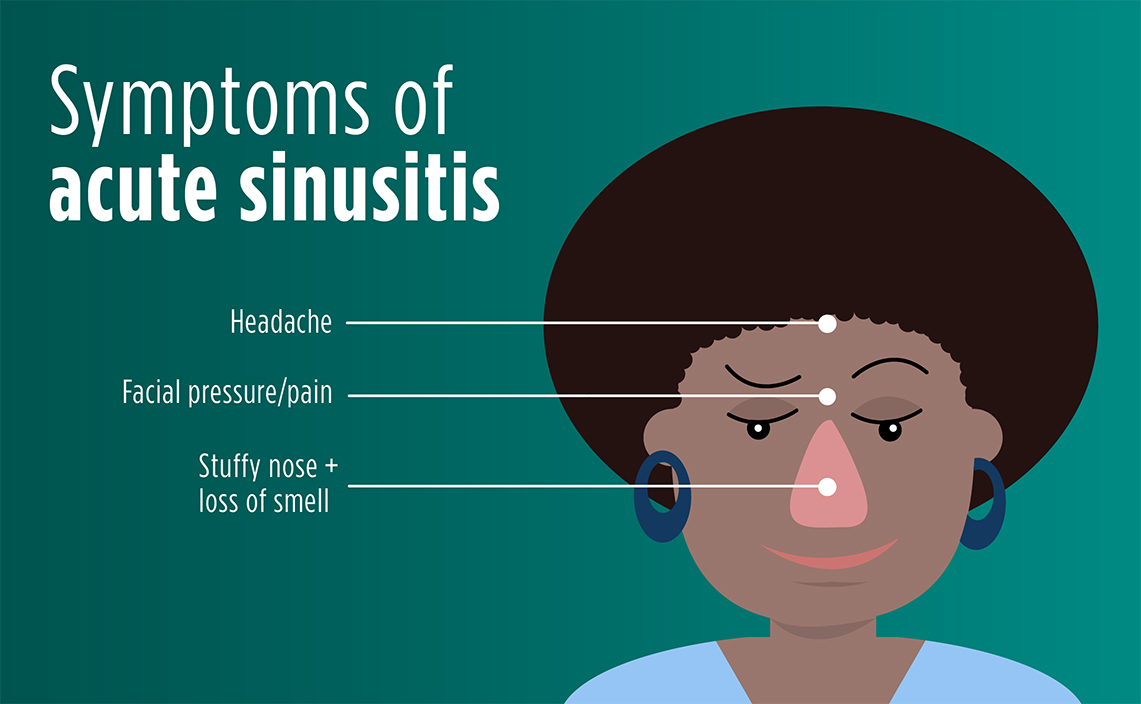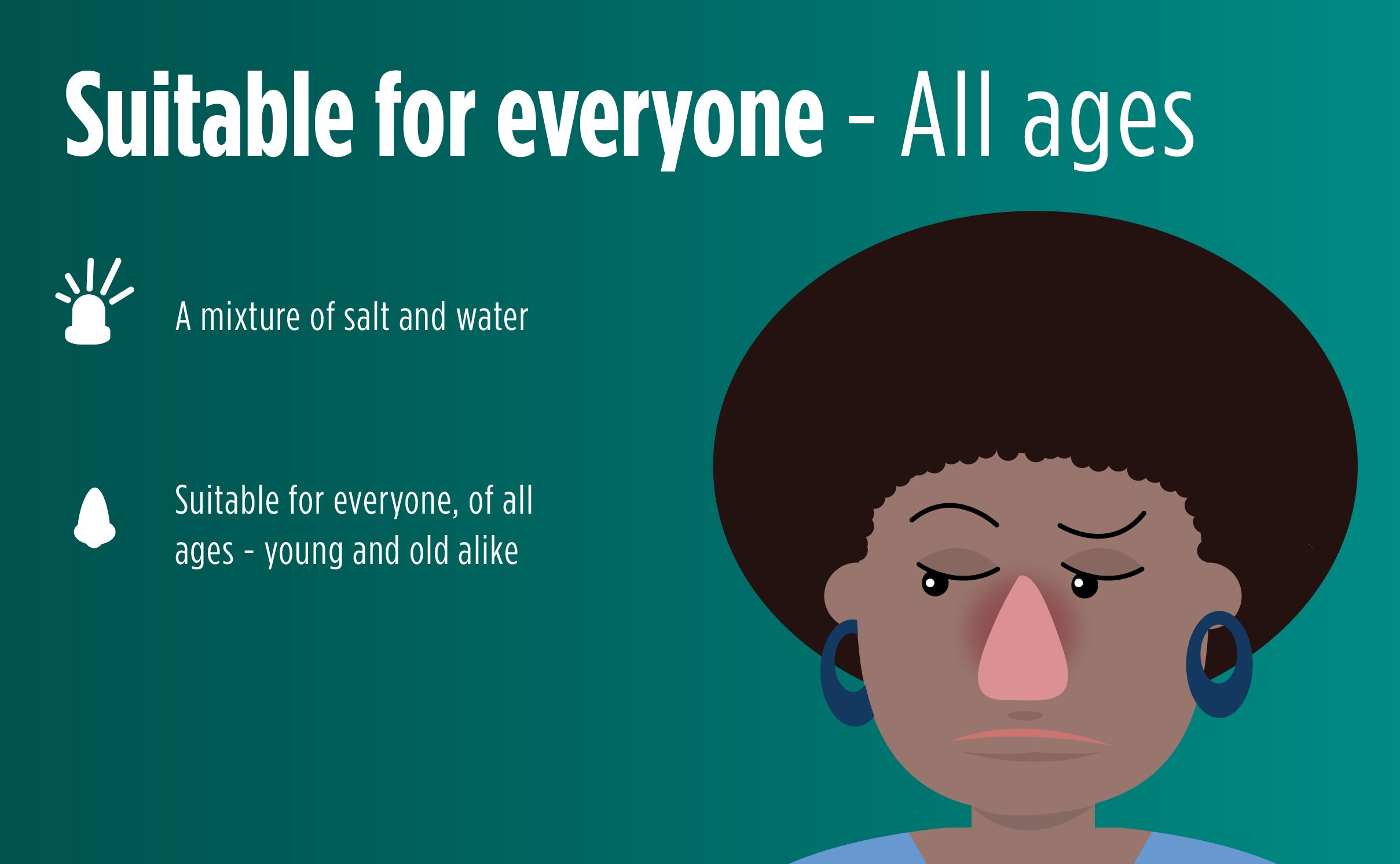CLASSIC
THE MANY SYMPTOMS OF SINUSITIS – AND WHAT YOU CAN DO ABOUT THEM
_
Sinusitis, sinus infection, allergic rhinitis – there are many terms to describe your condition, but they all have one thing in common: a blocked nose. Where does this blocked nose come from and how can you make it go away? Now you can get answers to these questions and more
Sinusitis is merely the medical term for a simple phenomenon: inflammation of the tissue lining the sinus cavities. These sinus cavities are located in the area around the nose – the front of the cheekbones, forehead and the bridge of the nose between the eyes. When the sinus cavities are blocked, for instance by mucus, this can spell trouble. The mucus inside the cavities can cause tissue inflammation, and bacteria can cause an infection– something nobody wants.
Get to know your sinusitis
Nearly anyone can be the victim of sinusitis, and most likely you’ve already experienced it or will experience it at least once in your lifetime
The reasons for this condition include:
- A blocked nose due to the common cold, or rhinitis, causing the sinus cavity to fill up with mucus
- Inborn narrow ducts, leading to increased blockage of the drainage ducts
- Nasal polyps, or growths, which can reduce the effectiveness of drainage
The type of sinusitis you have depends on its cause. There are two types of sinusitis: acute sinusitis and chronic sinusitis. Acute sinusitis is rather short-lived, only around two to four weeks, during which you experience cold-like symptoms. Chronic sinusitis lasts for up to twelve weeks, or even longer.
Here are a few typical symptoms that each type of sinusitis presents with:

Acute sinusitis
- Facial pressure/pain
- Stuffy nose
- Loss of sense of smell

Chronic sinusitis
- Facial pressure/pain
- Stuffy nose
- Loss of sense of smell
- Headache
- Bad breath
- Fatigue
- Fever
...then beat your sinusitis.
Okay, now you know the basics about sinusitis, the types, their associated symptoms and causes. So, let’s take a look at what you can do about it.
Using a nasal decongestant can also help by providing fast relief from your blocked nose.
Regularly applying warm compresses to your face can assist in soothing the discomfort of sinusitis.
For long-term support and to help prevent a sinus infection as far as possible, consider using a saline solution regularly. This assists with nasal cleansing. With a cleansed, healthy nose, you are better able to avoid an infection.
When you use these simple remedies, your sinusitis symptoms will normally go away on their own. However, if they persist, or become more severe, please consult a healthcare professional.
Sources:
_
DID YOU KNOW?
The sinus cavities are built into your skull and have a number of functions: they allow for your voice to resonate, they help to filter the air you breathe and remove unwanted particles, and they make the skull lighter in weight overall to give you added agility.